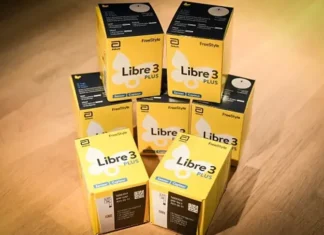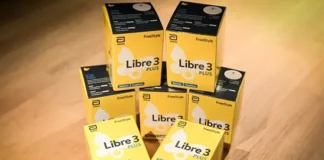(CNN) — It will likely cost a little less to buy the benchmark Obamacare plan next year. The rate could drop for the first time since the Affordable Care Act exchanges opened in 2014.
The premium for the benchmark silver policy on the federal exchange is expected to decline by 2% for 2019, Health Secretary Alex Azar said Thursday.
The predicted decline for next year comes after a 37% spike for this year’s benchmark silver plan, upon which premium subsidies are based.
The number of insurers on the federal exchange also will grow for the first time since 2015, Azar said. Over the past two years, 44% of carriers have dropped out of the program.
The Centers for Medicare & Medicaid Services, which administers Obamacare, typically releases a more detailed look at the upcoming year’s premiums and insurer participation in late October. Open enrollment begins November 1 and runs through December 15 in most states.
Obamacare’s fortunes have taken a notable turn for the better this year. In 2017, insurers were fleeing the marketplace or hiking rates to combat the GOP-fueled uncertainty surrounding the Affordable Care Act.
The new stability isn’t that surprising to those who watch the industry closely. Many insurers are breaking even or have started making a profit in the individual market, and the threat of Congress repealing the law has waned.
Insurers had several rough years on the Affordable Care Act exchanges, with some racking up hundreds of millions of dollars in losses. The red ink led some insurers to leave or shrink their involvement for 2017 and 2018. Many of those that remained, however, are finally charging enough to cover the health care costs of their enrollees. More are seeing it as a viable business.
“Insurers got a big rate bump in 2018, said Sabrina Corlette, research professor at Georgetown University’s Health Policy Institute. “A lot of them actually overshot the mark.”
Several states have also taken steps to help insulate insurers from high-cost enrollees. In Maryland, which recently received federal approval for a reinsurance program, rates will now drop by 13%, instead of rising by 30%.
The drop in the benchmark plan rates could help those who don’t qualify for premium subsidies, which cover more than 90% of the policy’s cost. Most of those dropping out of Obamacare did not receive subsidies, federal data has shown. These policyholders have borne the brunt of the large rate hikes of the past two years.
Lowering prices could help draw some of these folks back in, said John Holahan, institute fellow at the Urban Institute’s Health Policy Center.
“If you want to compete for that market, you have to rein in premiums,” he said.
Despite the rosier outlook for Obamacare, threats still loom. Starting next year, Americans will no longer face a penalty for being uninsured, which may prompt some younger and healthier enrollees to drop out of the individual market. Also, it will be easier for people to sign up for alternatives to Obamacare, including short-term health plans and association health plans, which are usually cheaper but offer skimpier benefits.
Plus, a coalition of Republican-led states argued in a US District Court in Texas earlier this month that Obamacare should be declared unconstitutional because Congress eliminated the individual mandate penalty. The judge said he would issue a ruling shortly.
The-CNN-Wire
™ & © 2018 Cable News Network, Inc., a Time Warner Company. All rights reserved.















